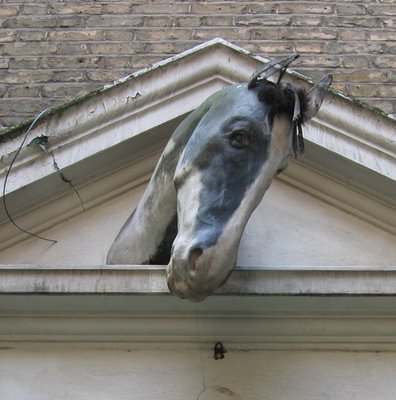When you leave the pub it's late and you don't have much time to catch the bus. The street is dark and unfamiliar. Even after five years here, the West End has remained a largely unknown territory. You pass advertisement agencies, Italian restaurants, closed cafes. You know well not to trust your sense of direction: the treacherous layout of this city frustrates expectations for logic and happy endings. So you have made sure to print a map from the google website before you set off for the gig. When you reach a junction, you take it out: your instinct says forward, the map says left. The map wins.
Above, a window opens, a missing voice is growling, something hits the ground. You do not look, you quicken your pace. You avoid the strangers of a Friday night: the stagger of heavy walking, the pointless anecdotes delivered in a high shrill voice ("cut a long story short!"). Suddenly you feel like you dropped something. You turn to look. There, on the ground, is a folded piece of paper, your map.
You should be nearly there but just to make sure, you turn back and pick the paper up. You open it to reveal a map, a google map, almost identical to yours, only the scale is enlarged. Your current location, in Great Thitchfield St, is marked with an X.
You will contemplate about coincidence and the Google-ization of human experience, as you wait for the bus. Throughout the twentieth century London has been encountered, understood, loved and hated through the A-to-Z street-map guides, and their simple strong logic: the combination of street name and post code resulted in a singular position. In mathematics, this is called a single-valued function. The real variable was the size of the A-to-Z guide: small ones could go into every pocket, but demanded strong eyesight and sometimes long meticulous observation. Big ones were heavier and bulky. Some people strapped it to their bikes. Others forgot it at home. All this is gradually made unnecessary: with access to the internet and a printer, and the details of address are being abstracted and obscured, an ephemeral paper replaces the London bible.
On the other side of Oxford Street, a young girl crouches and vomits.

Subscribe to:
Post Comments (Atom)


No comments:
Post a Comment